Some time ago, it dawned on me that there is no film genre I love as much as I love the musical. It’s the perfect marriage of form and content – Kubrick once said that “film is – or should be – more like music than like fiction. It should be a progression of moods and feelings.” The musical gives the camera the chance to express all manner of impossibilities within a popularly familiar narrative structure. Moods and feelings take precedence over reason. The result is that I’ve seen an awful lot of musicals, not all of them as widely beloved as your Singin’ in the Rain or West Side Story. And sometimes rightfully so. But within those nooks and crannies, those various uncertainties, are quite a few films that are truly, deeply felt, beautifully executed and breathlessly entertaining. Here are but a few of them.
A note: This list is by no means exhaustive. I am still very much discovering even a fraction of what the genre has to offer. You’ll note, for example, that there are no Bollywood films on this list. That’s on me; if you feel like recommending a few in the comments, I would be much obliged. Also, this list does not include a few worthy contenders that have appeared or been mentioned on various prior lists, including One Hour with You and It’s Always Fair Weather. Now then, on with the show…
9.) On connaît la chanson (Alain Resnais, 1997)
I use here its French title – which translates to We Know the Song – rather than its English-language release title, Same Old Song, because Resnais’s rather odd musical hinges very specifically on the popular familiarity of the songs it repurposes. At least, that is, amongst the French. I only knew a few of them (one appears in another movie on this list!). But in having his large company of actors lip-sync with these popular tunes within the framework of an original story (creating fun incongruities like gender swapping), Resnais uses the musical form to express the way we process our personal struggles, crises, and victories through popular culture.
8.) The Gang’s All Here (Busby Berkeley, 1943)
One of three films with this title over a four-year span (none having a damn thing to do with one another), Berkeley’s wartime extravaganza is one of his wildest endeavors, truly throwing caution to the wind at every turn. Part meet-cute-and-explore-the-city, part let’s-put-on-a-show-at-the-grand-old-estate, Berkeley never hesitates in demolishing the physical possibilities of either environment. His famously boundless stage numbers are set loose in an ever-expansive city, unfolding at every turn with every opportunity that can be dreamt.
7.) Dames (Ray Enright, 1934)
Speaking of Berkeley, the song-and-dance man directed the musical numbers in this 1934 Warner Brothers effort, one of about a dozen he worked on for the studio between 1933 and 1937 (the best of which, Gold Diggers of 1933, is perhaps a little too popular for this list, but if you haven’t seen it, it is as good as the movies get). This little oddity contains some of Berkeley’s more unnerving creations, most especially when all the girls in a chorus don masks in the likeness of star Ruby Keeler, who, though unbelievably popular during this small window of time, has since been considered one of the most passive stars ever to grace the screen. Nevertheless, the numbers are indeed quite gorgeous in the most ostentatious way possible, and the backbone of the story, about an eccentric millionaire hellbent on eliminating immoral entertainment from American stages, has more than a little resemblance to the just-cemented Production Code. That this film escaped with the stamp of approval is something of a miracle, but also demonstrative of how subversive one could still remain.
6.) I Am Suzanne! (Rowland V. Lee, 1933)
So, there’s this movie. It’s about a puppeteer, who, baffled by his inability to draw a crowd, becomes obsessed with the showgirl around the corner who can. He falls in love with her, and, as is his wont, makes a puppet in her likeness. A puppet he starts to grow alarmingly attached to. No, this isn’t some unbearably-quirky lost indie treasure from the 1990s. This was made in 1933. And that’s just the tip of its insanity; the musical dream sequence really cements its madness. But what really makes this resonate is the surprisingly feminist bent – the title is indeed a declaration, a cry against the way men objectify and attempt to own and control women.
5.) Three From the Filling Station (Wilhelm Thiele, 1930)
Before the Nazi party took power, German cinema, under UFA, was on its way towards being as formidable a cultural and economic powerhouse as any in the world. While this potential is most often associated with silent epics like Metropolis, in the early sound era, they were on their way to developing a more American-style industry all their own. One such result of this, Three From the Filling Station, proved a spectacular success for UFA, and is just as entertaining now. Three friends return from a lengthy vacation to find they are completely broke; when their car runs out of gas in the middle of a country road, they decide to build a filling station on precisely that spot. Each takes an eight-hour shift, during which they separately and unknowingly fall in love with the same woman. A great many misunderstandings, bouts of competition, and dance numbers follow.
4.) Cover Girl (Charles Vidor, 1944)
Not all musicals are top-to-bottom joyous, you know. Another film from this same year, Meet Me in St. Louis, practically defined what I’ve come to call the “melancholy musical,” which use song and dance to speak to the separation between people and to wrestle with uncertainty and regret. You might not guess Cover Girl would take this route based on the premise – Rita Hayworth plays a showgirl who gets a huge opportunity to be a highly-paid cover girl for a national magazine. Desperately wanting to hold onto her, but hesitant to stand in her way, her boyfriend and manager (Gene Kelly) dismisses her, partially as a way of saving himself the heartbreak of watching her fade from his life. But neither can quite escape the other quite so easily, emotionally or logistically, and large sections of this film are downright, well, sad. In one breathtaking number, choreographed by Kelly and soon-to-be-directing-partner Stanley Donen, Kelly dances alongside a super-imposed ghost of himself, exploring the longing one often feels to be someone else entirely.
3.) Hellzapoppin’ (H.C. Potter, 1941)
“Any similarity between Hellzapoppin’ and a motion picture is purely coincidental,” states the opening credits for this truly gonzo stage-to-screen adaptation. The original stage show was apparently even more an anarchically loose endeavor (often being rewritten over the course of its three years on Broadway), and though the film is saddled with something resembling a plot (all of this, by the way, is established within the film itself), the spirit and execution suggests, as the opening song states, “anything can happen and it probably will.” They take the barest outlines of a standard 1930s society film – an artistic entertainer type must become a success to win the woman he loves – and layer it with jokes, never mind one of the most outstanding dance numbers of the entire classic era. “Wow, too bad they’re not in the show!” exclaims the entertainer.
2.) The Merry Widow & The Oyster Princess (Ernst Lubitsch, 1934 and 1919)
Lubitsch could do a small musical better than just about anyone, and those who don’t already own Criterion’s exceptional Lubitsch Musicals Eclipse set would be advised to correct that. However, his two most ostentatiously joyous pictures, also musicals, must be sought elsewhere. The Merry Widow, adapted from the operetta of the same name, features Lubitsch regulars Maurice Chevalier and Jeanette MacDonald, she as a rich landowning widow, and he as a playboy captain charged with marrying her to ensure her property remains the property of the kingdom. It all sounds very stiff, but not in Lubitsch’s hands, who uses every opportunity to indulge in the magnificence and splendor of the kingdom, never mind building Chevalier’s little black book in increasingly gaudy manners. As for The Oyster Princess, well, if you can believe there could be such a thing as a silent musical, this would absolutely be it. It represents Lubitsch at, far and away, his least-restrained.
1.) The Young Girls of Rochefort (Jacques Demy, 1967)
With a Criterion release on the horizon (as part of their Essential Jacques Demy box set), I’m sure its reputation will only grow, but for now, I feel fairly comfortable listing here my fourth favorite film of all time. Often billed as a tribute to the spirit of optimism (and not without reason, as sets of lovers are gradually and perfectly paired off), Demy’s masterpiece can only be considered such because it considers everything from heartbreak to axe murder along the way, purposefully choosing a sunnier outlook amidst acknowledged real-world strife. Demy mirrors this theme with his set design, utilizing the real town of Rochefort, but dressing it up and painting it as though it was a Hollywood backlot. His previous film, the smash hit The Umbrellas of Cherbourg, famously features singing all the way through, but, with due respect, The Young Girls of Rochefort has the musical form more embedded in its DNA, as even brief interludes contain spontaneous dancing, divorced from the musical numbers, which are then even more spectacular. The Young Girls of Rochefort is the rare film that feels like a filmmaker unleashed his very essence on a huge scale with complete success.

















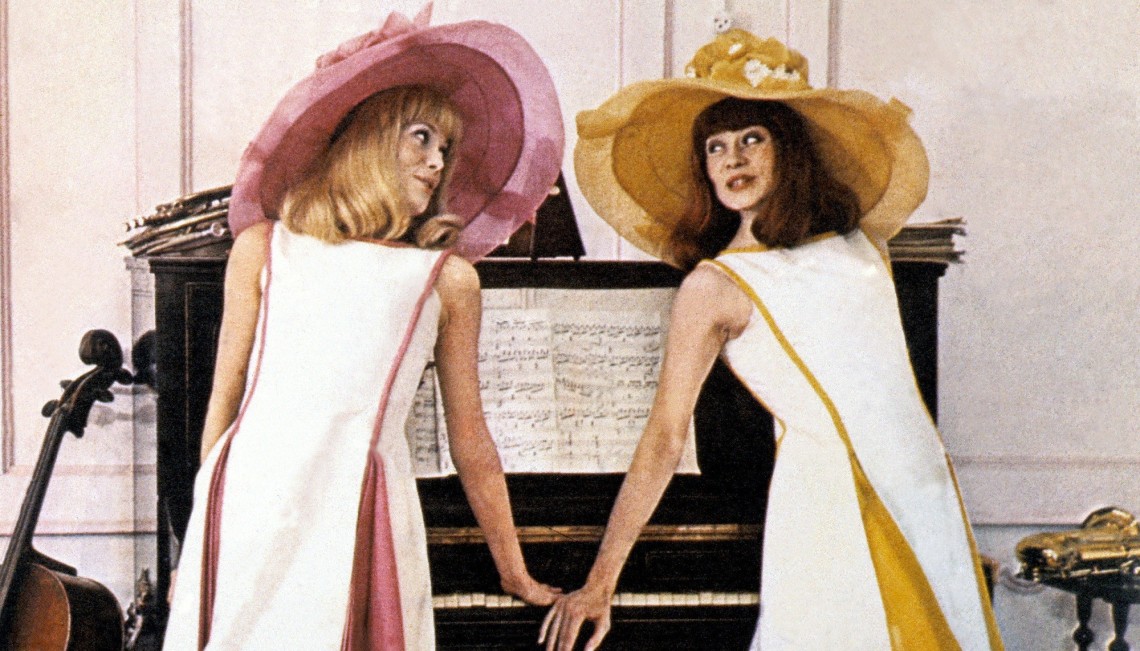
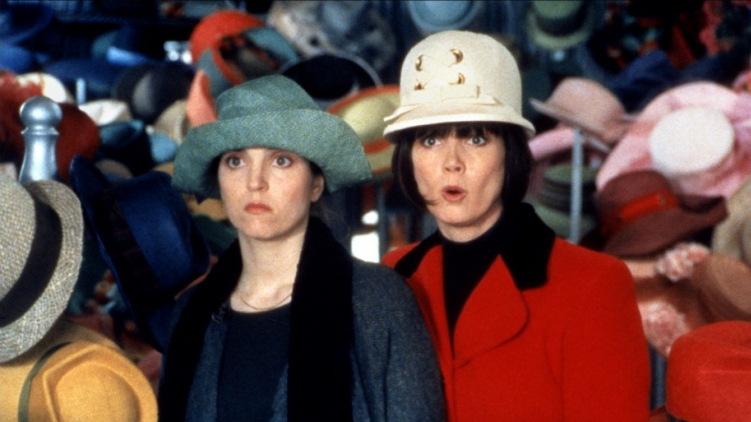
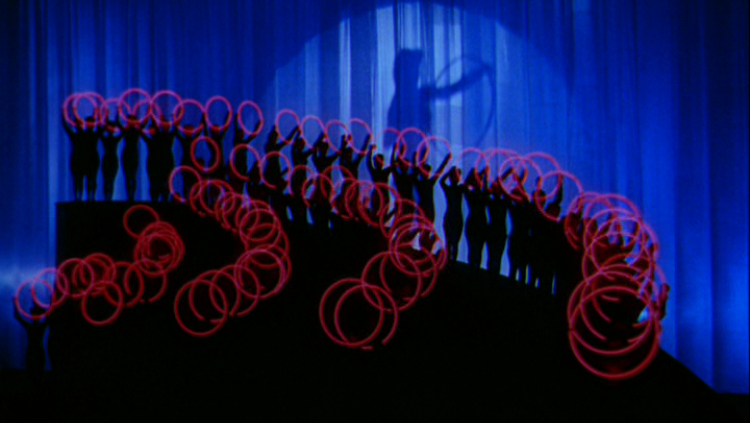

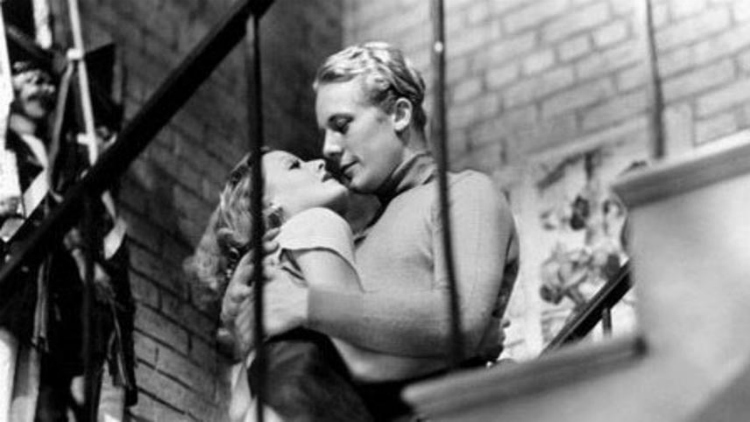
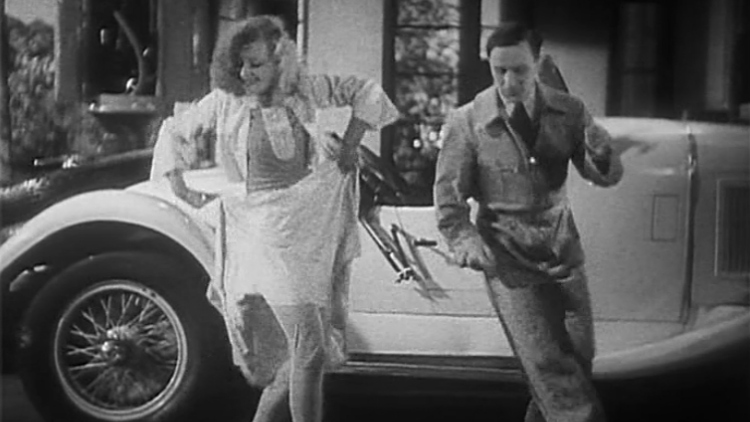

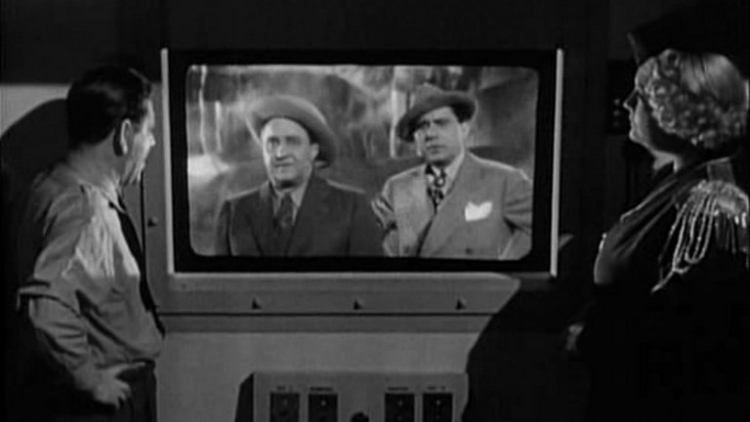

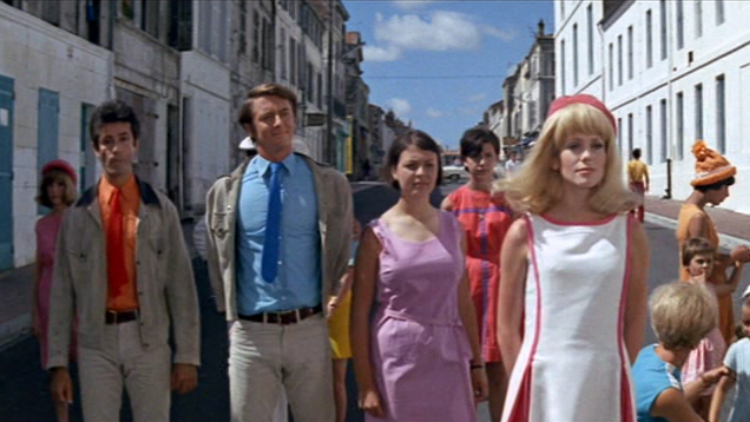
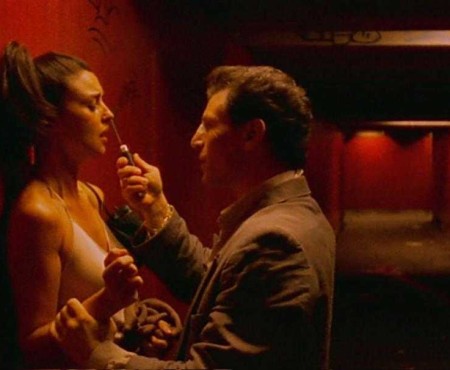
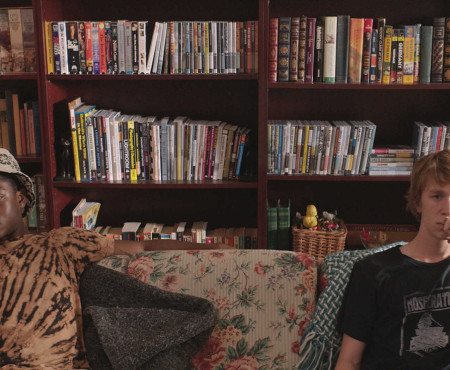
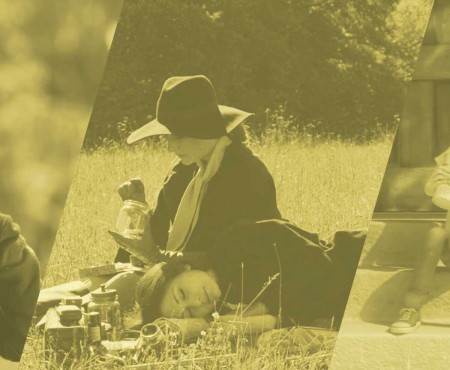
3 thoughts on “9 Spectacular Overlooked Movie Musicals”
I.Love.This.List.
This is an AWESOME list. Not least of all because Young Girls of Rochefort, my own rainy day movie, tops it, but also because I consider myself a pretty well-rounded movie musical watcher/lover, and there are films on here I hadn’t even heard of! Clearly my early-’30s/foreign musical chops aren’t quite up to par. I’ll definitely be seeking them out now.
If Young Girls of Rochefort is any indication of the quality included on this list, I really need to seek out some of these musicals.